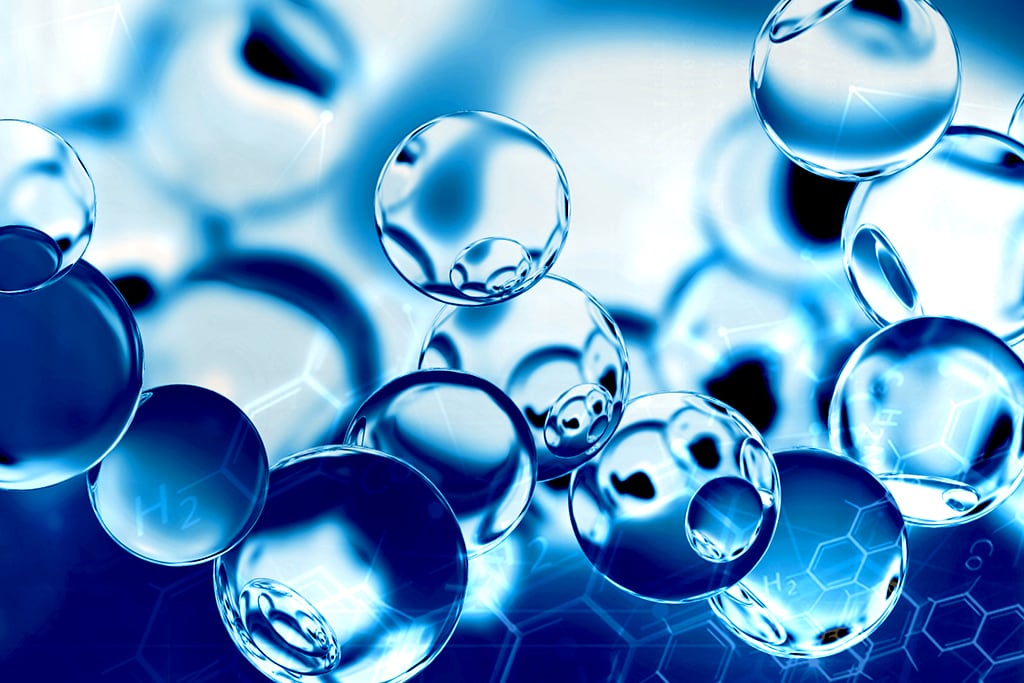Picking the Right Defoamer for Your Certain Application Needs
Choosing the proper defoamer for specific application demands is a nuanced procedure that demands mindful consideration of numerous factors, such as the foam kind, medium, and operating problems. Recognizing the nuances of defoamer efficiency-- consisting of speed and determination-- while additionally accounting for regulatory and environmental aspects is vital.
Understanding Foam Formation
Foam formation happens when gas is caught within a fluid, producing a stable structure of bubbles. This sensation can significantly affect numerous industrial processes, specifically in markets such as food production, drugs, and wastewater treatment. The presence of foam can hinder mixing, decrease product top quality, and also lead to operational ineffectiveness.
Foam typically develops due to a combination of variables, consisting of surface-active representatives, frustration, and the characteristics of the liquid phase. Surfactants lower the surface area tension of the liquid, assisting in the development of bubbles that can integrate and maintain. Agitation, whether from mechanical stirring or gas introduction, enhances bubble development, leading to increased foam volume.
Comprehending the technicians of foam development is vital for sectors intending to optimize their processes. By identifying the details problems that advertise foam generation, companies can carry out methods to alleviate its impacts. This understanding prepares for selecting appropriate defoaming agents that efficiently target the distinct challenges positioned by foam in different applications. Consequently, a comprehensive understanding of foam development is necessary for boosting effectiveness and preserving product integrity throughout various markets.
Sorts Of Defoamers Available
Different kinds of defoamers are offered to resolve the challenges posed by foam in commercial applications. defoamers. Generally classified, defoamers fall under 3 categories: silicone-based, non-silicone-based, and natural defoamers
Silicone-based defoamers are renowned for their efficiency and stability across a wide variety of temperatures and pH levels. They are usually used in applications where strong foam reductions is needed, such as in adhesives, paints, and coatings. Their low surface area tension permits for rapid foam collapse.
Non-silicone-based defoamers, commonly made from organic compounds, supply an alternative for applications sensitive to silicone residues. These defoamers can be further split right into polyether and ester kinds, each customized to meet details formulation demands. Non-silicone defoamers are often used in food processing and personal treatment items because of their compatibility with different formulas.
All-natural defoamers, originated from plant or animal resources, are gaining traction because of their eco-friendly profile. These products are particularly appealing in applications where governing compliance and sustainability are critical, such as in agrochemicals and biotechnology.
Selecting the appropriate sort of defoamer is crucial for optimizing performance and guaranteeing compatibility with particular applications.
Secret Application Considerations
When selecting a defoamer, it is vital to think about the certain application demands to make sure ideal performance. defoamers. Different industries have distinctive demands, such as food handling, pharmaceuticals, or wastewater treatment, and each application may require unique defoaming properties
Trick variables to examine include the medium in which the defoamer will be made use of, whether it is water-based, oil-based, or a mix thereof. The temperature and anchor pH degrees of the application can likewise considerably influence the performance of a defoamer. Furthermore, compatibility with various other chemicals present in the system is essential to prevent damaging reactions that might endanger efficiency.
An additional essential factor to consider is the lathering actions of the certain system. Comprehending whether the foam forms swiftly or slowly can lead the choice of a defoamer that targets the origin reason properly. Additionally, the desired speed of defoaming can affect the option, as some applications call for rapid activity while others might tolerate slower defoaming procedures.
Last but not least, ecological and governing factors to consider ought to not be neglected, particularly in markets with rigorous conformity requirements. Choosing a defoamer that straightens with these variables ensures both effectiveness and safety and security in the application.

Performance Testing Methods
Examining the performance of a defoamer needs a methodical strategy to testing that precisely determines its effectiveness in particular applications. Various performance screening approaches can be utilized to determine the optimal defoamer for a given solution.
One usual approach is the bubble test, which reviews the defoamer's capability to lower foam quantity over time. This examination includes producing a secure foam and then adding the defoamer to observe the price of foam collapse.

Ultimately, selecting the proper efficiency screening approach relies on the details application and the type of foam being resolved. Each approach supplies valuable information that can lead formulation adjustments and enhance the effectiveness of the defoamer in functional applications.
Best Practices for Option


Following, consider the defoamer's performance in terms of speed of action and determination. A quick-acting defoamer might be essential for processes where rapid foam reductions is critical, while a much more consistent formula could be required for prolonged foam control. In addition, evaluate the environmental impact of the defoamer, including its biodegradability and any regulative compliance requirements.
Conduct tests with picked defoamers to identify their effectiveness in real-world problems. By adhering to these best practices, you can boost foam control effectiveness and you could try these out guarantee the longevity of your procedures.
Final Thought
In recap, selecting the suitable defoamer requires a comprehensive examination of numerous factors, including foam kind, tool, operating conditions, and environmental considerations. Recognizing the one-of-a-kind characteristics of foam formation and the offered defoamer options is important.
Picking the suitable defoamer for certain application requirements is a nuanced process that demands careful consideration of several aspects, such as the foam tool, operating, and kind problems.Selecting the right defoamer is critical for achieving optimal performance in foam control applications. A quick-acting defoamer may be required for procedures where rapid foam reductions is critical, while a more persistent formula may be required for extended foam control.In summary, picking the ideal defoamer necessitates an extensive assessment of different factors, including foam kind, tool, operating conditions, and environmental considerations. Understanding the unique features of foam development useful reference and the offered defoamer options is important.